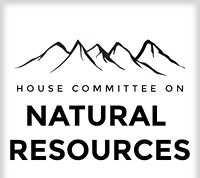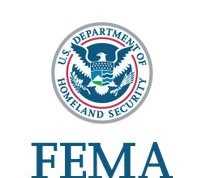WASHINGTON, D.C. – August 21, 2012 – (RealEstateRama) — This response to the CFPB Report on reverse mortgages relates primarily to a particular segment of the Baby-Boomer generation. That segment, while a minority of that generation, is nonetheless quite large in absolute number. A conservative estimate of the size of that segment places its number between 1 million and 10 million individuals.
Who are the Baby-Boomers who comprise that segment? It is the individuals who are, or will be, retired, own their own homes, and have 401(k) accounts or rollover IRAs (or other securities account) with value in the range of approximately $200,000 to $1,000,000 at the time of retirement, which is, or will be, their primary (or sole) source of retirement income. These retirees can be characterized, for want of a better term, as the “not-quite-affluent.” The important aspect to recognize about these retirees is that they have a significant risk of “running out of money” during their retirement.
To quantify that risk, we examine the financial planning literature: That literature makes it very clear that, for example, if the retiree draws only $1,000 per month (inflation-adjusted) from a securities account worth $200,000 at the beginning of retirement, that account has about a 40% likelihood of running out of money within 25 years. If the retiree adopts the conventional, passive, strategy of using a reverse mortgage credit line as a “last resort,” to draw upon if and when the securities account is exhausted, the probability that the retiree will run out of money within 25 years decreases to 30%. If, however, the retiree adopts the more active strategy for using a reverse mortgage credit line, described in a recent article in the Journal of Financial Planning,[1] his or her likelihood of running out of money within 25 years is reduced to less than 10%. Similar computations can be made for various values of the securities accounts and various values of the retirees’ homes.
Thus, this active strategy, an innovative use of reverse mortgage credit lines, can make a very substantial difference to the economic lives of several million retirees. It would be a great disservice to these millions of current retirees and soon-to-be retirees to make reverse mortgage credit lines unavailable (or less readily available). The consequences of millions of retirees experiencing cash flow exhaustion would be a great additional economic burden placed upon the children, or upon the taxpayers; these consequences are avoidable, so long as these retirees have reasonably ready access to reverse mortgage credit lines.
At the end of 2004, Barry Sacks, PhD, JD, Law Office of Barry H. Sacks, retired from full-time law practice as a tax attorney specializing in pension law. Since then he has divided his time between a part-time law practice (still specializing in pension law) and a retirement income planning project that combines legal work on pensions and the quantitative skills he developed in my earlier career as a physicist. He has over 35 years of experience as an attorney dealing with a wide variety of pension law issues. These issues include, among others, the rules governing investments by pension trusts in hedge funds, the design of hybrid pension plans (combining defined benefit and defined contribution features), and negotiations with the IRS and Dept. of Labor to resolve pension plan audit problems.
On several occasions he has testified as an expert witness on various pension law matters. He received a BS in Electrical Engineering and a BS in Political Science from the Massachusetts Institute of Technology, a PhD in Physics from MIT and a law degree from Harvard.
by Barry Sacks
Source: National Reverse Mortgage Lenders Association















